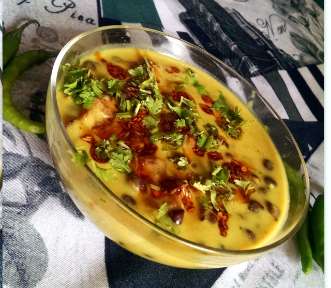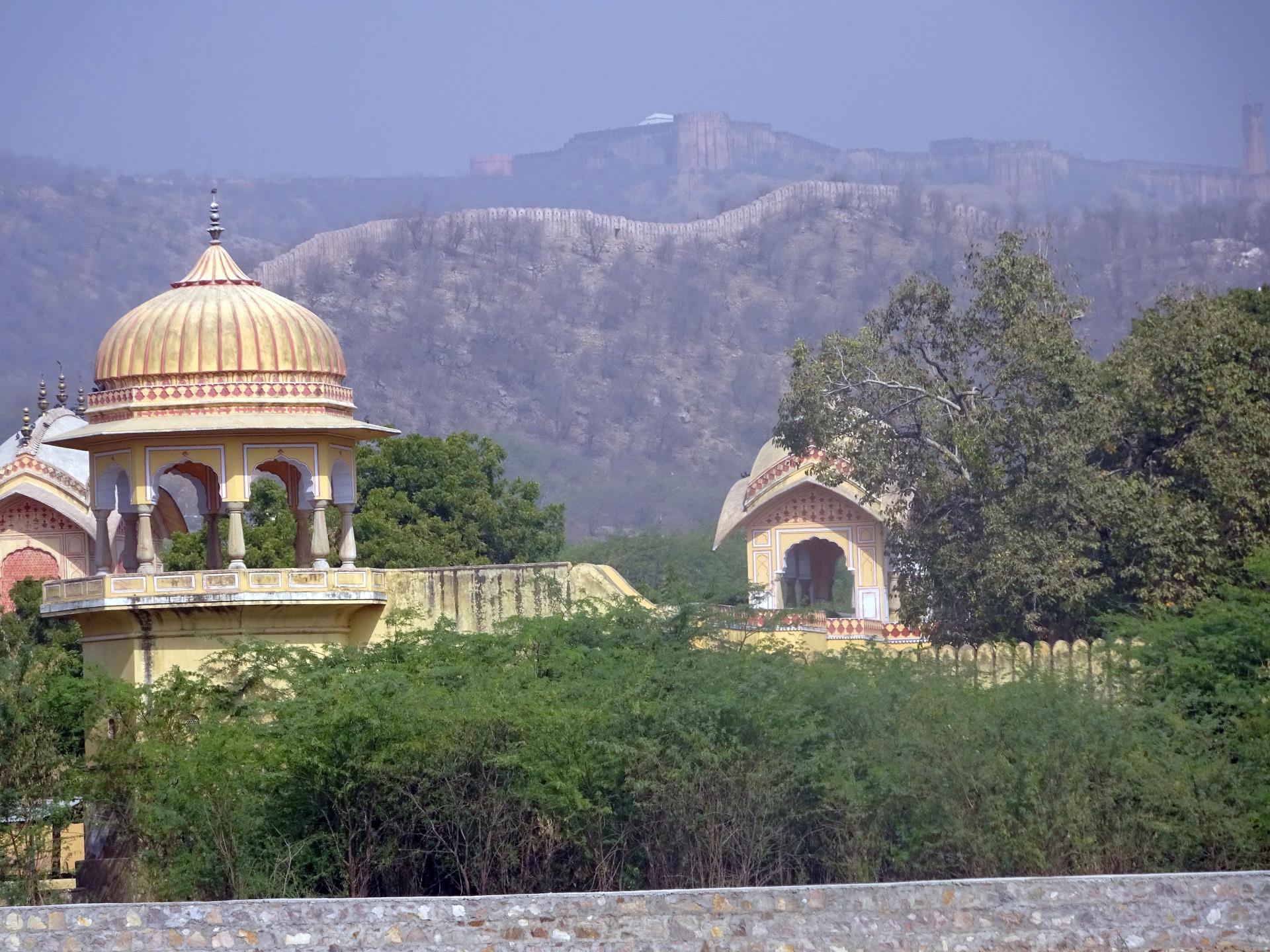
Sorry, we couldn't find anything that matches your search.
Destination

Famous Places to Explore in Hyderabad
A vibrant city with the imposing...

Raipur Tourist Places | Best Place to Visit
The stronghold of several erstwhile...

Ahmedabad
Declared as India's first UNESCO World...
#
Food in Jaipur is all about tradition. With the rich heritage of the Rajputana, the cuisine here is spicy and fragrant.
Kachori
Kachoris are stuffed and fried flatbreads. They are stuffed with a spicy, sweet and savoury stuffing of potatoes, onions and spices. Jaipur is very famous for onion and potato kachoris and has several iconic shops selling them.

Ghevar
The mouth-watering ghevar is a traditional dessert of Rajasthan. It is shaped like a disc and has a honeycomb pattern. Made with maida (refined flour) and ghee (clarified butter), the batter is dipped into piping hot oil and fried. Sometimes besan (gram flour) is also added to enhance its taste.

Safed Maas
Safed maas is a Mughal preparation that is a traditional Rajasthani delicacy. It is a mutton-based dish that has a luscious texture. It draws its white colour from khoya, fresh cream and yoghurt. Its gravy, which is an amalgamation of onion, cashew nut paste, cardamom, salt, pepper, ginger and garlic paste, is what makes it so delicious.
Gatte ki Sabji
This is a delicious curry prepared with gram flour. In this dish, gatte, or steamed gram flour dumplings are cooked in a spicy curd-based gravy.

Gajak
Gajak is a simple yet delicious sweet dish. A thin and flaky bite-sized sweet, it is made with nutritious sesame seeds, groundnuts and jaggery, and resembles the popular chikki. This crunchy treat gives a great start to the morning and keeps one warm during winter months. Legend has it that gajak originated in Morena in Madhya Pradesh. To make it, the dough is hammered until sesame seeds break down and release the oil. Many believe that gajak came into being during the Mughal era. Since the Mughals ate meat, their protein requirements could be met easily. However, the Hindu kings had to resort to vegetarian sources of protein. Thus, chana (chickpea), jaggery, peanuts and sesame seeds were mixed to provide the required energy.

Ker Sangri
Ker sangri is one of the most popular vegetable dishes of Rajasthan. It is prepared with the berries of the khejri trees and sangri beans, which are soaked in mustard oil with red chilli and raw mango. The dish is often served with roti (Indian flatbread) and forms an integral part of the traditional Rajasthani thali. Ker sangri is a unique vegetable in the sense that while the desert sun saps all manner of vegetation, khejri trees survive. Their roots go so deep into the ground that they can get enough water for survival. The pods of this tree are the main constituents of the dish.

Lal Maas
Lal maas is one of the most popular and fiery dishes of Rajasthan. It is prepared with mutton and red chilli. It looks bright red and is garnished with a good amount of ghee (clarified butter) and coriander leaves. Slow-cooked for hours, the succulent meat dish is usually enjoyed with bajra rotis (Indian flatbread made of pearl millet).

Kadhi
Kadhi is a traditional curd-based curry with fried gram flour and fritters called pakoda. It is often eaten with boiled rice or roti (Indian flatbread).

Gujiya
Gujiya is a traditional sweet dish that is popularly eaten during the Holi festival in northern parts of India. It is believed to have come to Rajasthan from Uttar Pradesh. It is a half-moon-shaped golden brown maida crust that is stuffed with pieces of pistachios, almonds, mawa, dry coconut, cardamoms and charoli. It literally melts in the mouth.

Dal Bati Churma
Often called Jaipur's culinary icon, dal bati churma is a mix of dal (boiled lentils with spices), bati (wheat rolled into dough, either fried or baked) and churma (crushed wheat with ghee and sugar). There are a variety of ways of eating this dish but the most preferred is by dipping the bati into the dal, pouring ghee on it and then putting it into the churma. The churma can also be had at the end of the meal, like a dessert.









